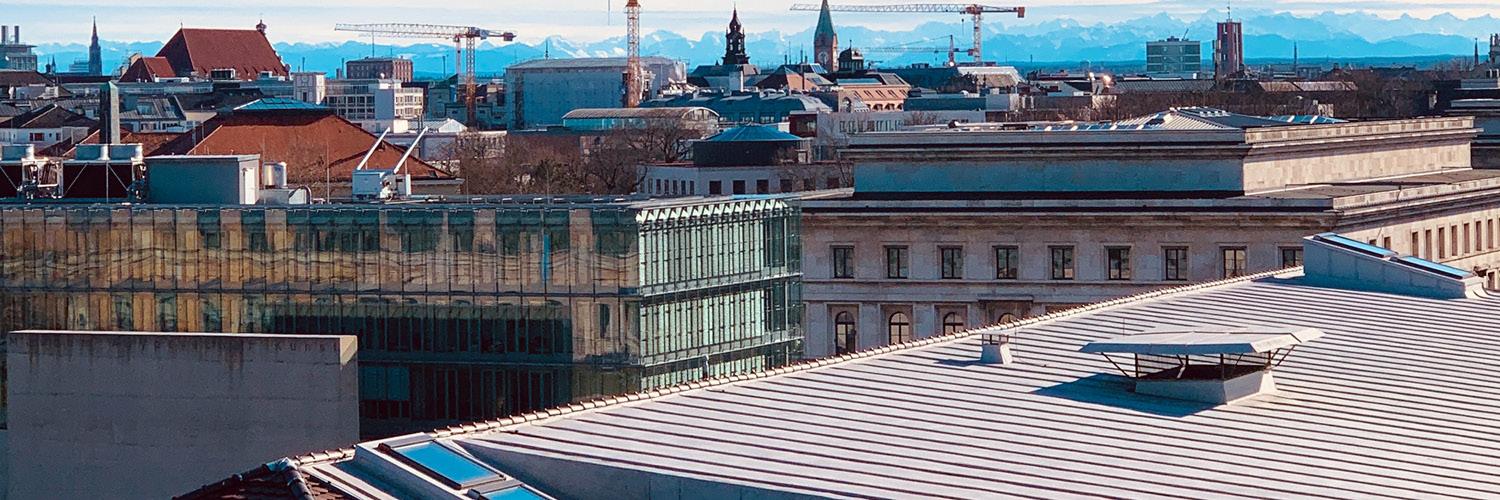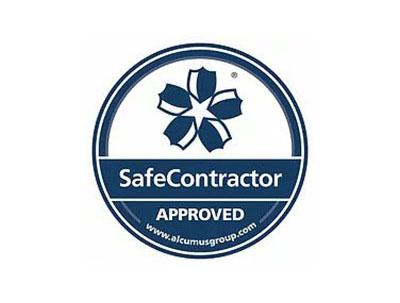Latest News & Insights
Stay up to date with the latest company updates, including product and service news, and industry insights straight from the experts at Giromax.

Stay up to date with the latest company updates, including product and service news, and industry insights straight from the experts at Giromax.


Subscribe to our newsletter
Sign up nowGiromax Technology Limited
Eagle House, Bilton Way, Lutterworth
Leicestershire, UK, LE17 4JA
We are committed to ensuring that your privacy is protected. Should we ask you to provide certain information by which you can be identified when using this website, then you can be assured that it will only be used in accordance with this privacy statement. We may change this policy from time to time by updating this page. You should check this page regularly to ensure that you are happy with any changes.
This privacy policy sets out how we use and protect any information that you give when you use this website in line with GDPR regulation.
You may choose to restrict the collection or use of your personal information in the following ways:
We will not sell, distribute or lease your personal information to third parties unless we have your permission or are required by law to do so. We may use your personal information to send you promotional information about third parties which we think you may find interesting if you tell us that you wish this to happen. You may request details of personal information which we hold about you under the Data Protection Act 1998. A small fee may be payable. If you would like a copy of the information held on you please write to or email us. If you believe that any information we are holding on you is incorrect or incomplete, please write to or email us as soon as possible, at the above address. We will promptly correct any information found to be incorrect.
A cookie is a small file which asks permission to be placed on your computer’s hard drive.
Once you agree, the file is added and the cookie helps analyse web traffic or lets you know when you visit a particular site. Cookies allow web applications to respond to you as an individual. The web application can tailor its operations to your needs, likes and dislikes by gathering and remembering information about your preferences. We use traffic log cookies to identify which pages are being used. This helps us analyse data about web page traffic and improve our website in order to tailor it to customer needs. We only use this information for statistical analysis purposes. Overall, cookies help us provide you with a better website, by enabling us to monitor which pages you find useful and which you do not. A cookie in no way gives us access to your computer or any information about you, other than the data you choose to share with us. You can choose to accept or decline cookies. Most web browsers automatically accept cookies, but you can usually modify your browser setting to decline cookies if you prefer. This may prevent you from taking full advantage of our website.
Cookies deployed by our website:
Cookies are not deployed to:
Upon your first visit to our website, you may have noticed our banner alerting you to the use of cookies by our website. You can use this banner to accept, decline and manage your cookie preferences. Cookies will be placed in accordance with your choice. Below you can learn more about the specific cookies deployed by our website, and how they can be disabled. For more information on cookie laws in the UK, we recommend visiting the Information Commissioner’s Office (ICO) website where you can find the latest information, guidelines and advice.
Necessary cookies are required to enable the basic features of this site, such as providing secure log-in or adjusting your consent preferences. These cookies do not store any personally identifiable data.
| Cookie Name | Duration | Description |
| _GRECAPTCHA | 6 months | Google Recaptcha service sets this cookie to identify bots to protect the website against malicious spam attacks. |
| wpEmojiSettingsSupports | session | WordPress sets this cookie when a user interacts with emojis on a WordPress site. It helps determine if the user’s browser can display emojis properly. |
| cookieyes-consent | 1 year | CookieYes sets this cookie to remember users’ consent preferences so that their preferences are respected on subsequent visits to this site. It does not collect or store any personal information about the site visitors. |
Analytical cookies are used to understand how visitors interact with the website. These cookies help provide information on metrics such as the number of visitors, bounce rate, traffic source, etc.
| Cookie Name | Duration | Description |
| _ga_* | 1 year 1 month 4 days | Google Analytics sets this cookie to store and count page views. |
| _ga | 1 year 1 month 4 days | Google Analytics sets this cookie to calculate visitor, session and campaign data and track site usage for the site’s analytics report. The cookie stores information anonymously and assigns a randomly generated number to recognise unique visitors. |
| _gid | 1 day | Google Analytics sets this cookie to store information on how visitors use a website while also creating an analytics report of the website’s performance. Some of the collected data includes the number of visitors, their source, and the pages they visit anonymously. |
| _gat_UA-* | 1 minute | Google Analytics sets this cookie for user behaviour tracking. |
| _hjSessionUser_* | 1 year | Hotjar sets this cookie to ensure data from subsequent visits to the same site is attributed to the same user ID, which persists in the Hotjar User ID, which is unique to that site. |
| _hjSession_* | 1 hour | Hotjar sets this cookie to ensure data from subsequent visits to the same site is attributed to the same user ID, which persists in the Hotjar User ID, which is unique to that site. |
| CLID | 1 year | Microsoft Clarity set this cookie to store information about how visitors interact with the website. The cookie helps to provide an analysis report. The data collection includes the number of visitors, where they visit the website, and the pages visited. |
| _clck | 1 year | Microsoft Clarity sets this cookie to retain the browser’s Clarity User ID and settings exclusive to that website. This guarantees that actions taken during subsequent visits to the same website will be linked to the same user ID. |
| _clsk | 1 day | Microsoft Clarity sets this cookie to store and consolidate a user’s pageviews into a single session recording. |
| SM | session | Microsoft Clarity cookie set this cookie for synchronizing the MUID across Microsoft domains. |
| MR | 7 days | This cookie, set by Bing, is used to collect user information for analytics purposes. |
Performance cookies are used to understand and analyse the key performance indexes of the website which helps in delivering a better user experience for the visitors.
| Cookie Name | Duration | Description |
| _uetsid | 1 day | Bing Ads sets this cookie to engage with a user that has previously visited the website. |
| _uetvid | 1 year 24 days | Bing Ads sets this cookie to engage with a user that has previously visited the website. |
| SRM_B | 1 year 24 days | Used by Microsoft Advertising as a unique ID for visitors. |
Advertisement cookies are used to provide visitors with customised advertisements based on the pages you visited previously and to analyse the effectiveness of the ad campaigns.
| Cookie Name | Duration | Description |
| MUID | 1 year 24 days | Bing sets this cookie to recognise unique web browsers visiting Microsoft sites. This cookie is used for advertising, site analytics, and other operations. |
| ANONCHK | 10 minutes | The ANONCHK cookie, set by Bing, is used to store a user’s session ID and verify ads’ clicks on the Bing search engine. The cookie helps in reporting and personalization as well. |
You can check, change and control your cookie settings any time while using our website by clicking on the blue Cookie Yes icon in the bottom left corner of the page.
Most modern browsers allow you to control your cookie settings for all websites that you browse. You can disable cookie deployment completely by editing your browser settings, however in doing this you may be limiting the functionality that is displayed on our website. To learn how to disable cookies on your preferred browser we recommend reading this advice posted by Google.
If you are concerned about cookies tracking your movements on the Internet then you may be concerned about spyware. Spyware is the name given to a particular band of cookies that track personal information about you.
There are many anti spyware programs that you can use to prevent this from happening. Learn more about anti spyware software – http://en.wikipedia.org/wiki/Spyware. As mentioned earlier in this page you can also disable Google Analytics on all websites by downloading the Google Analytics Opt-out Browser Add-on.
You can now get access to safety data and specification documents for more Giromax® products and solutions without the need to complete another form. Just click ‘download more’ and select the files you require on our document library page.

